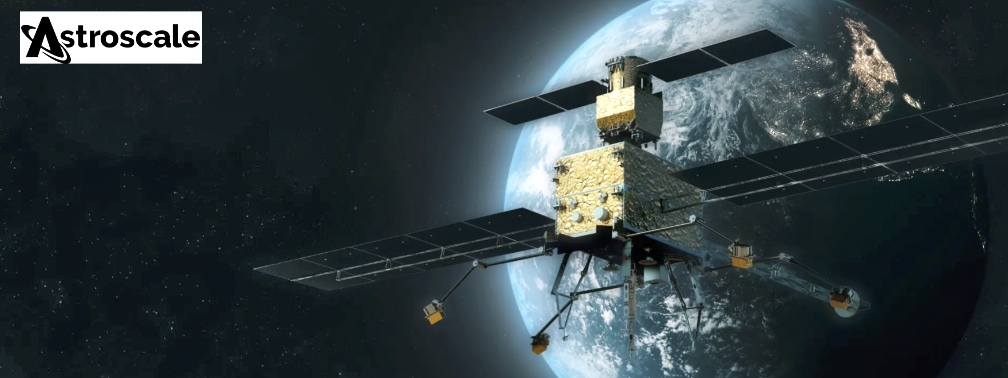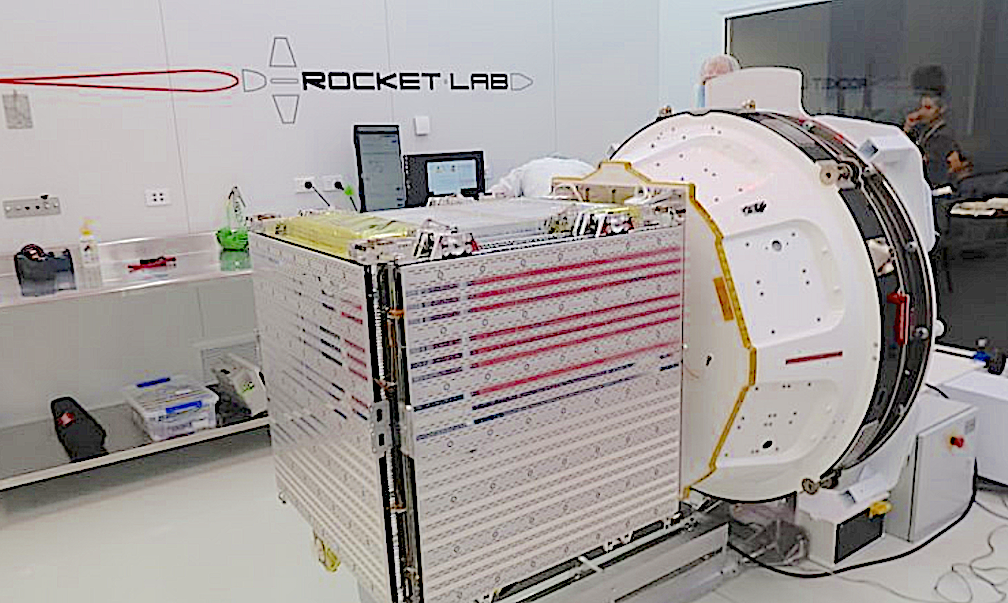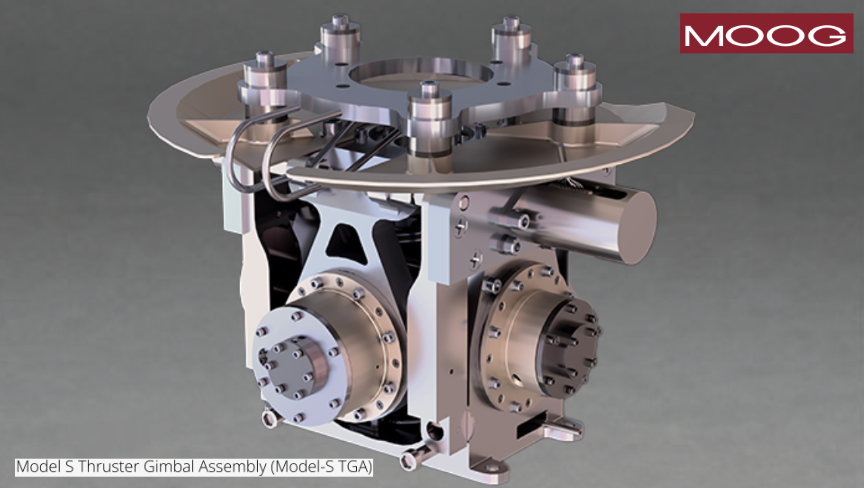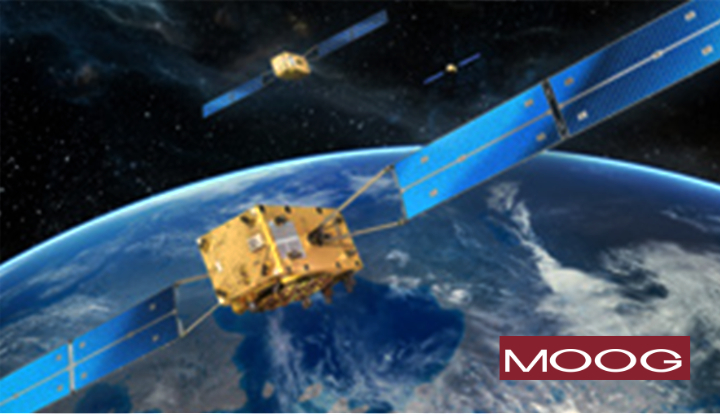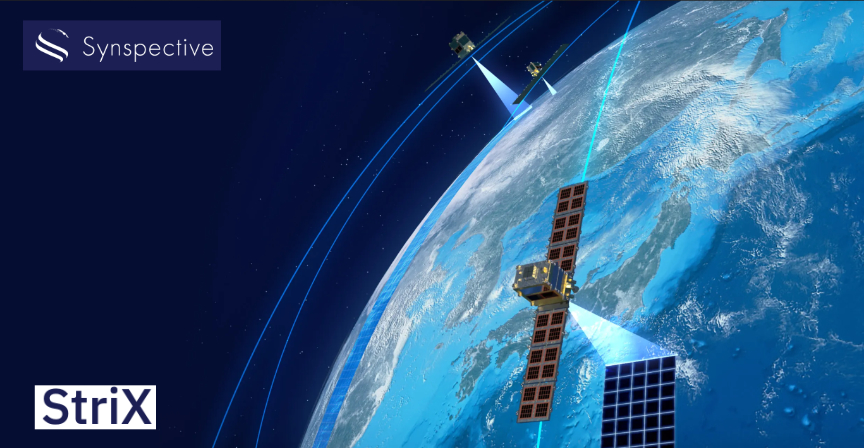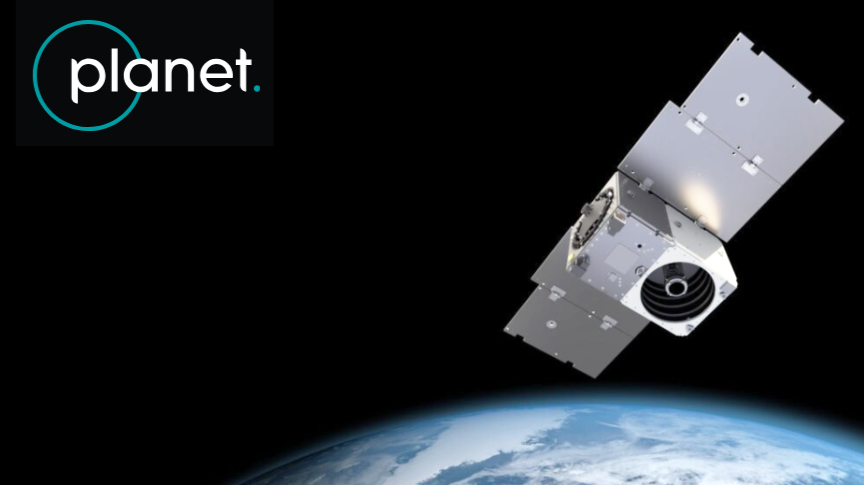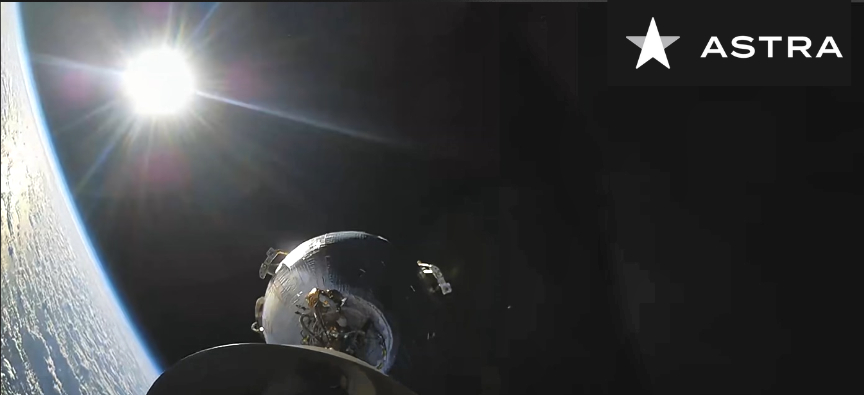
Rocket Lab USA, Inc. (Nasdaq: RKLB) has completed integration and testing of two spacecraft destined for Mars orbit.
Rocket Lab built the twin spacecraft for the University of California Berkeley’s Space Science Laboratory and NASA to enable the Escape and Plasma Acceleration and Dynamics Explorers (ESCAPADE) mission, scheduled to launch from Cape Canaveral this year. This heliophysics mission will measure plasma and magnetic fields around the Red Planet, helping scientists learn more about the processes that strip away atoms from Mars’ magnetosphere and upper atmosphere, driving Martian climate evolution.

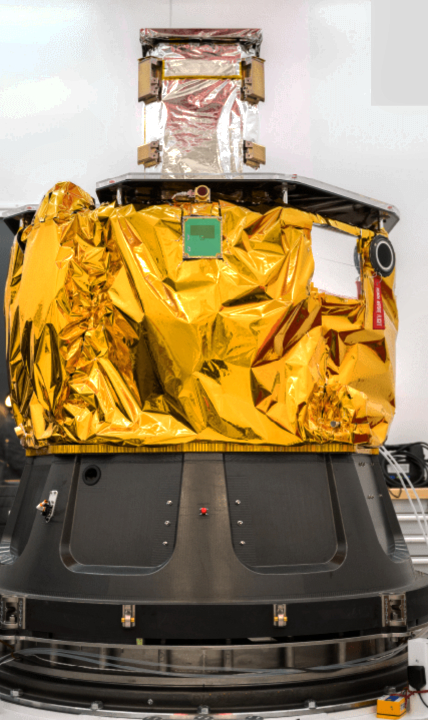
Named Blue and Gold, the spacecraft were designed, built, integrated, and tested at Rocket Lab’s Spacecraft Production Complex and headquarters in Long Beach, California.
Based on Rocket Lab’s Explorer spacecraft, a configurable, high delta-V interplanetary platform, the duo features Rocket Lab-built components and subsystems, including solar panels, star trackers, propellant tanks, reaction wheels, reaction control systems, radios, and more.
Mars missions can take a decade or more from proposal to launch, but Rocket Lab was able to produce Blue and Gold in just three and half years due to mature, proven spacecraft development experience, as well as a vertically integrated supply chain that enables streamlined production.
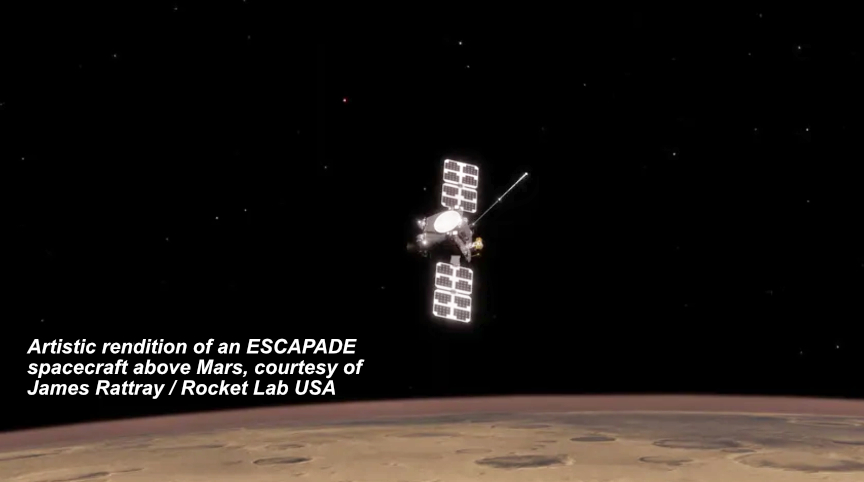
Blue and Gold are scheduled to ship to Cape Canaveral in August where they will be integrated onto Blue Origin’s New Glenn rocket.

“Building one Mars spacecraft is an achievement, but building two and doing it on an accelerated timeline is testament to our team’s deep experience and our vertical integration strategy,” said Rocket Lab founder and CEO, Sir Peter Beck. “We are immensely proud to once again partner with NASA and support the UCB team to deliver new and important science from Mars.”
“Rocket Lab has been an invaluable partner to UC Berkeley over the last four years of ESCAPADE’s development,” said ESCAPADE Principal Investigator and Associate Director for Planetary Science at the UC Berkeley Space Sciences Laboratory, Rob Lillis. “Their energetic, talented engineers and managers have consistently gone above and beyond in responding rapidly and constructively to both our requests and the inevitable challenges inherent in developing new scientific spacecraft. We are proud to be flying with Rocket Lab to Mars.”

